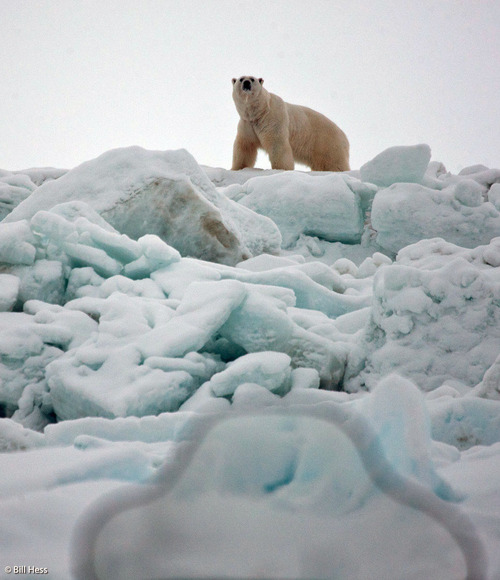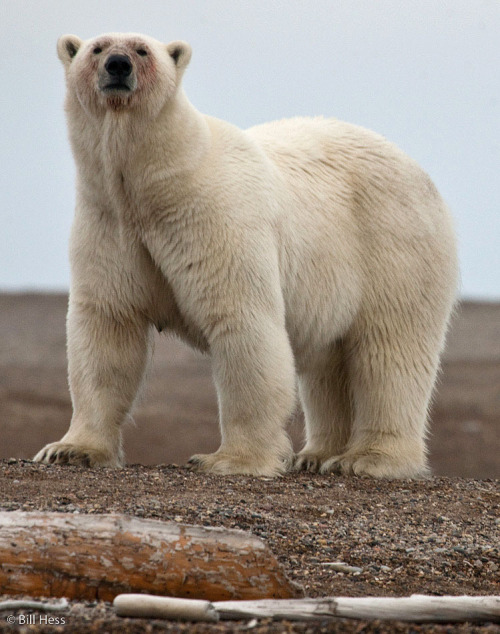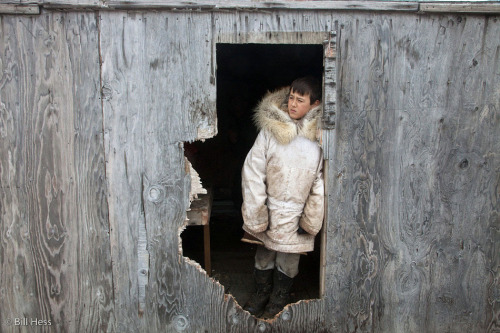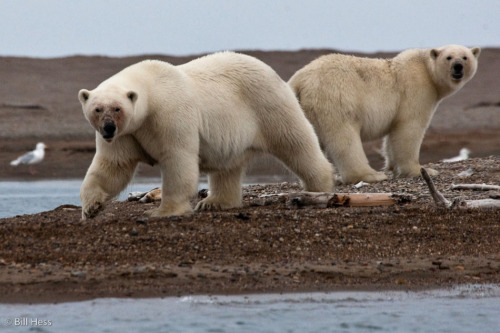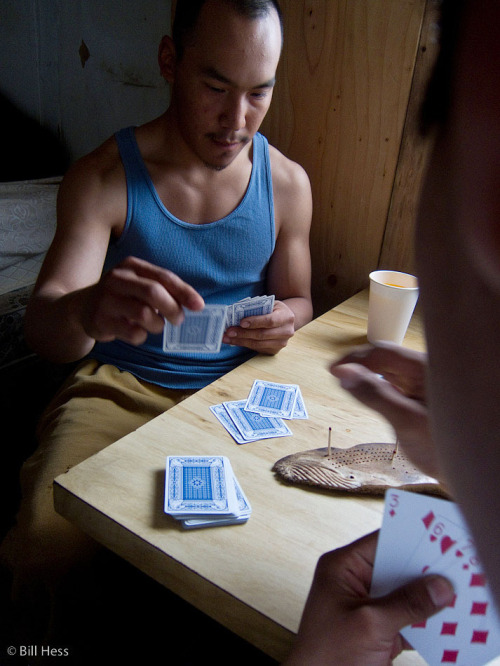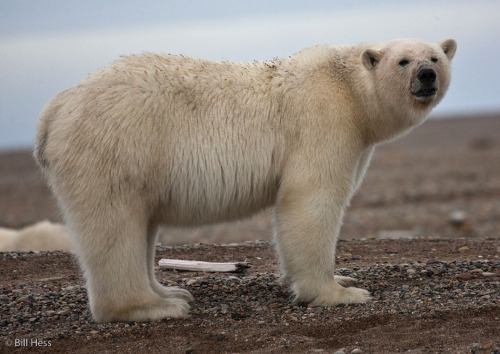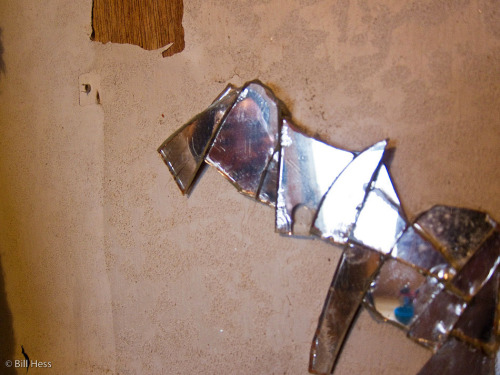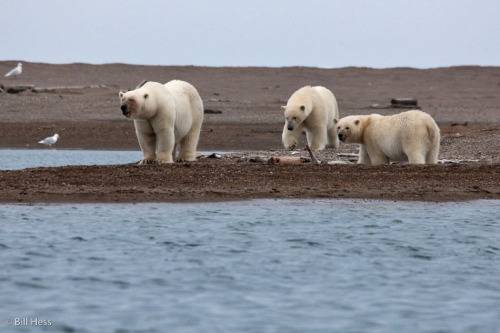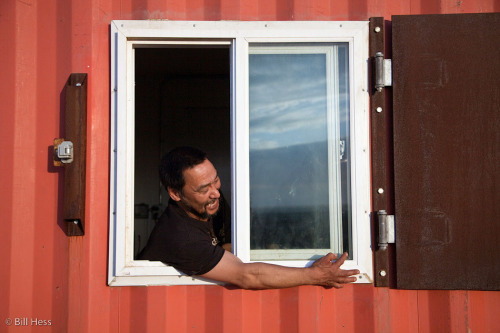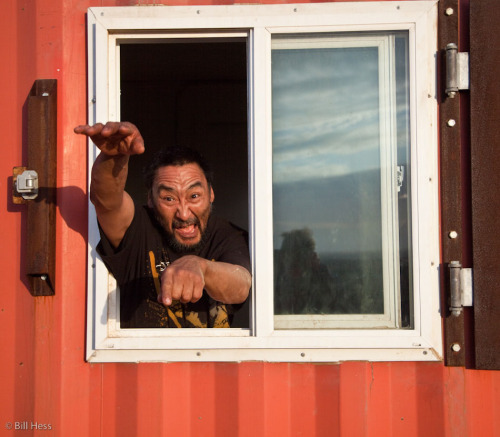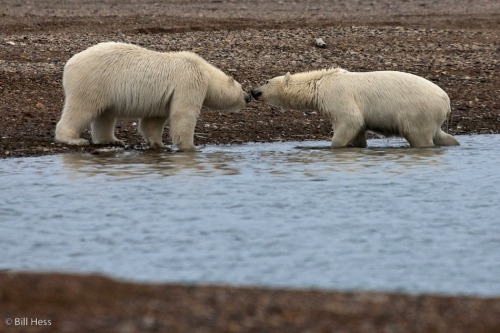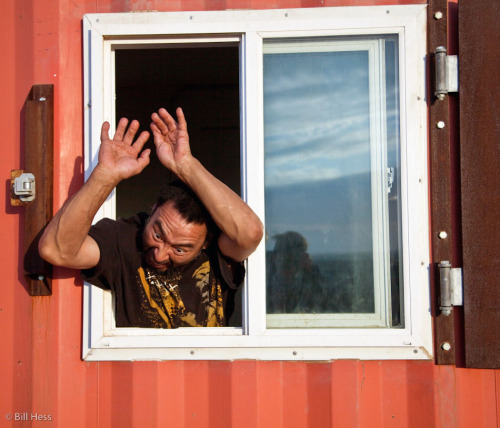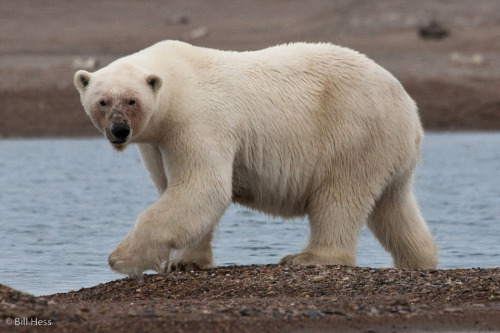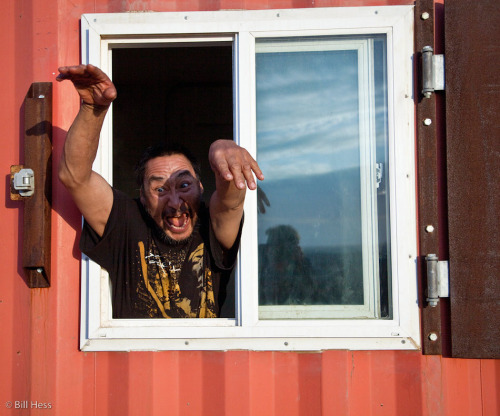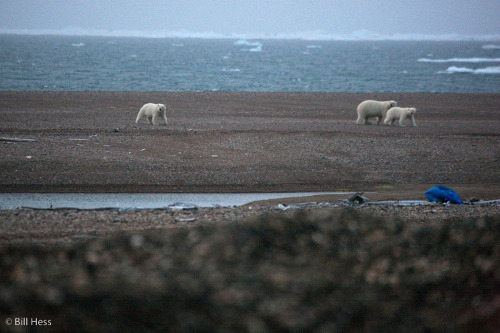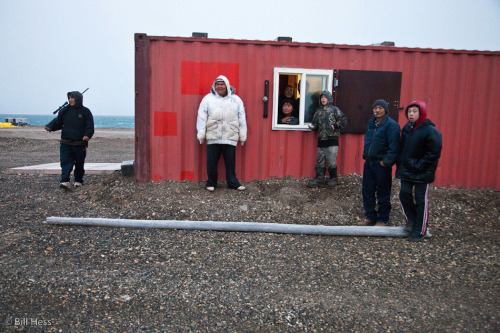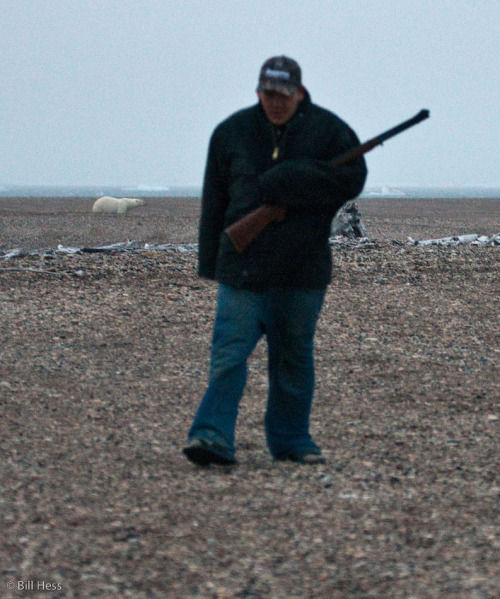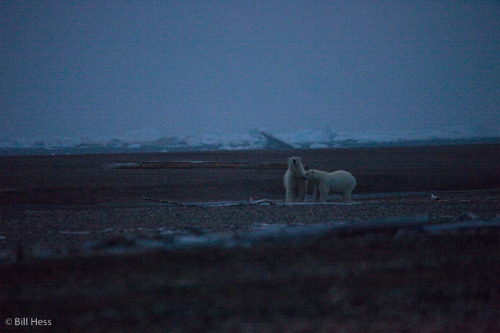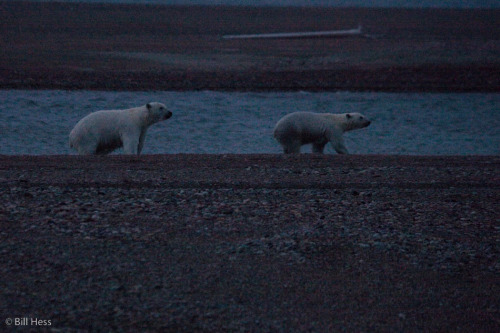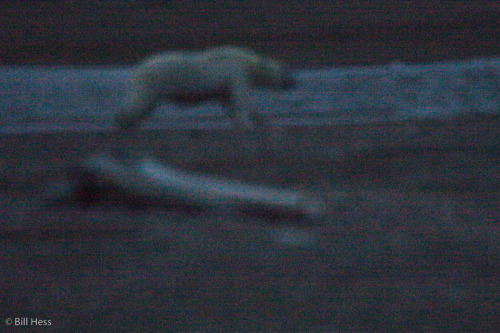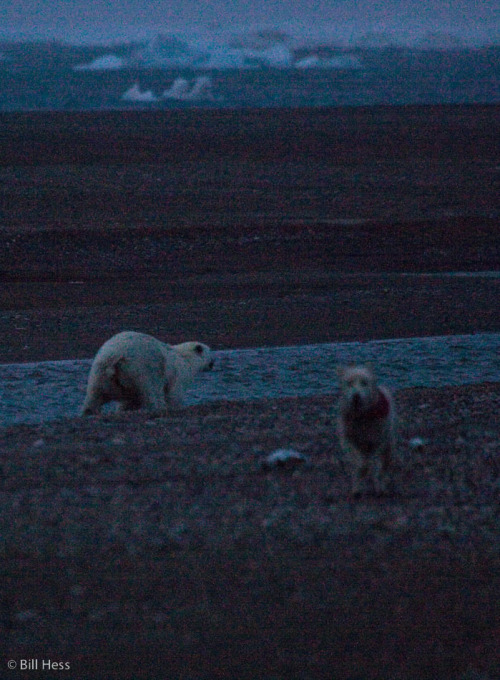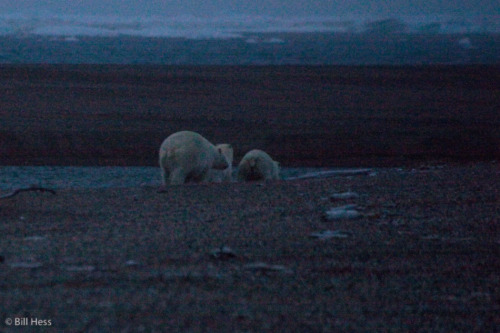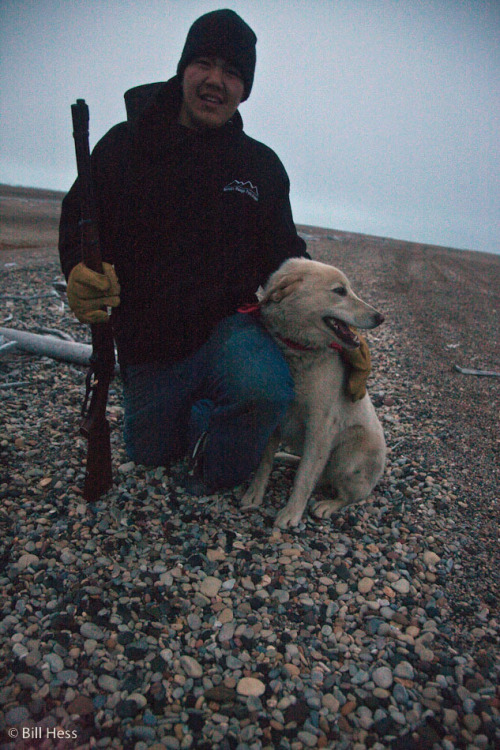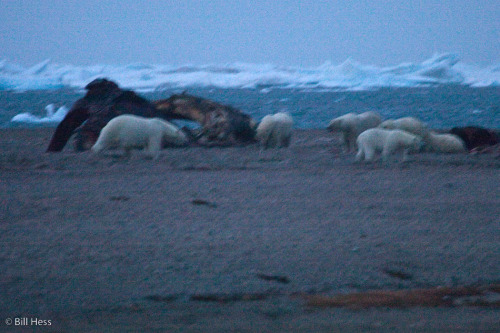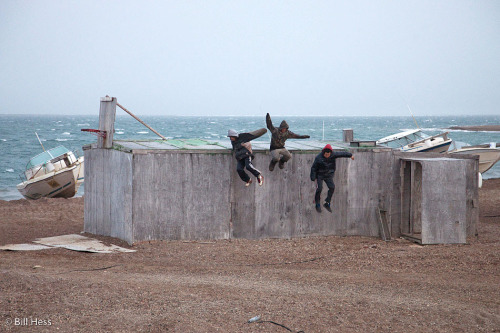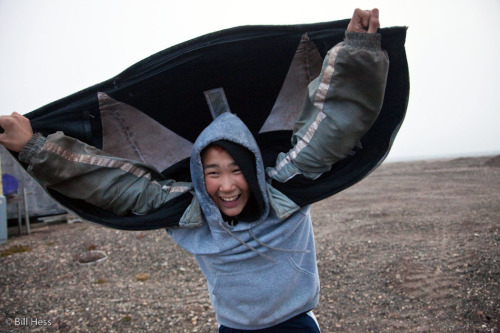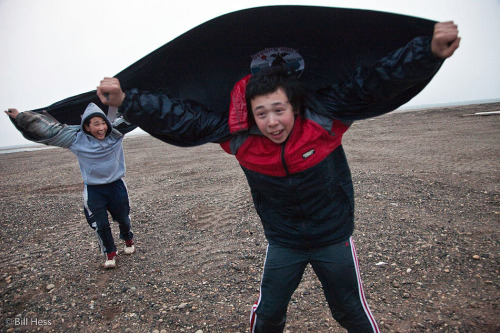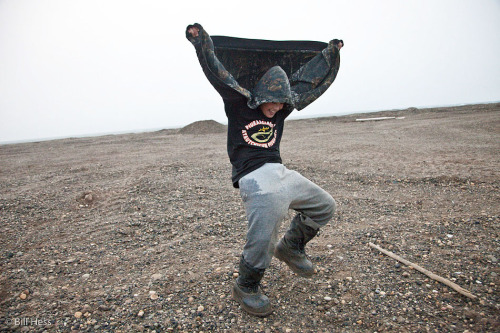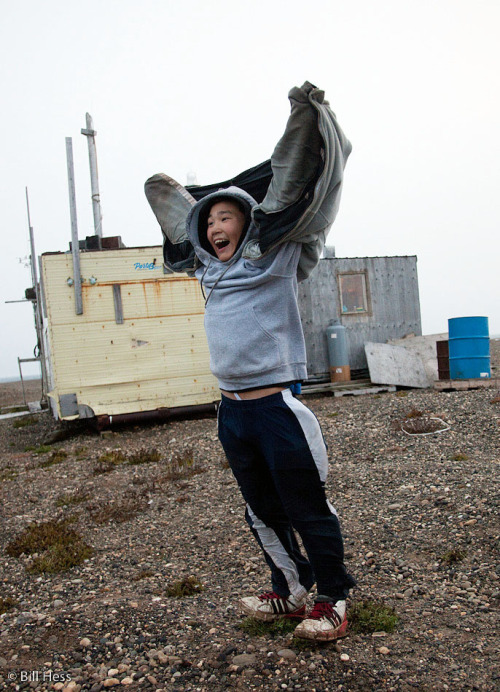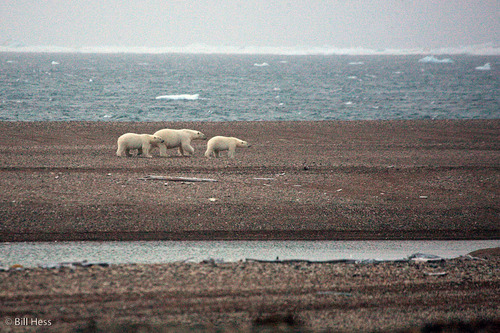When on the ice, always look before you pee
 Tuesday, June 21, 2011 at 12:08PM
Tuesday, June 21, 2011 at 12:08PM I now take the reader back a bit over one month ago, either to the final minutes of May 10 or the opening minutes of May 11. I am unsure which day it was, I only know it was right about midnight, so it could have been either one. It is true that my camera stamps the time shot into the metadata of each image, but it is also true that I have only had this camera for about four years and so have not yet found the time to set the time.
Anyway, it was right about midnight, May 10 - 11, the final full night of my last trip up north. I was in the Saggan whaling camp of Edward Itta, Mayor of the North Slope Borough, and I realized that it was time to visit the latrine.
The people who know the ice will tell you that when on it, you must always be alert and prepared for polar bears. You, or someone nearby, must always have a good rifle or slug-loaded shotgun handy, just in case. I did not have a weapon with me, but this was not really a problem because everyone else in camp did and their eyes are sharp and they are always looking.
As noted, I had to go, so I left the spot at the blind where I had been with the others, watching for bowhead, and walked to the latrine, which was located in the cracks at the base of one of a multitude of ice upheavals. I didn't think much about anything, but just got straight to business.
About three-quarters away through my task, it suddenly occurred to me that had I done all this without even bothering to look about for polar bears. So I raised my head. What you see above is what I saw.
The thing at the bottom of the picture is the windscreen of a snowmachine.
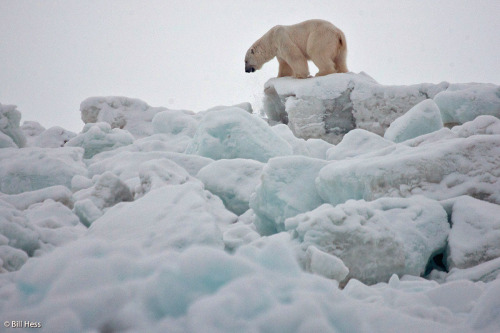
I was in no real danger, because as noted, those whom I was with are sharp-eyed, well-armed, and always looking and even though their attention was focused primarily in the opposite direction, from which a whale might come, they, too, had spotted the bear and began to call out to me, just to be certain that I knew there was a photo opportunity in front of me.
The bear spent some time studying us from various vantage points, pooped, and then moved along to the northeast.
Within an hour or so of when I took these pictures, the wind had turned to the southwest. Ice was advancing, the lead was closing and we had to pull back.
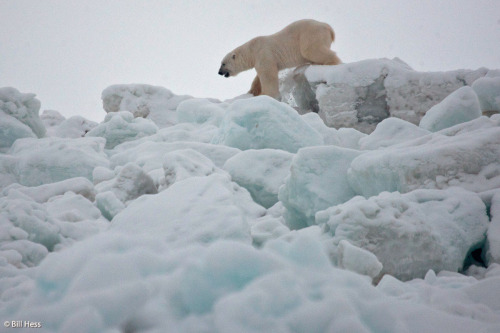
The happenings of the next 30 hours or so are among the most frustrating happenings of this year for me ever in my career. In the hope that a whale would come to this camp, I had already delayed my departure by a couple of days over my plan. I needed to get home, prepare a few things and then head to Tok and Fairbanks to cover the honoring of Ahtna elder Dr. Katie John, but I had held off pushed my departure back to the last moment.
Twelve hours after I had left Barrow, the lead had reopened, conditions had become good, a bowhead came to the Saggan crew and they accepted its gift. For them, for the Iñupiat community of Barrow, I was happy and grateful.
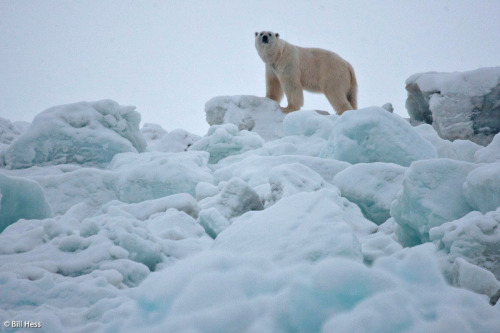
For me, I was devastated. Absolutely. Devastated. Crushed, you could say. No one can know when a whale will come or what crew it will go to. Sometimes, several seasons can pass by without one coming to where you wait. Yet, this time, if I had stayed one more day, I would have been there when the Saggan whale came.
Then, of course, I would have missed Katie John receiving her honorary Doctor of Laws degree and that would have left me devastated as well.
Sometimes, there is no winning, even when you do win - because I absolutely did win. To be there for all of Katie's honoring was a win... it was a special, once in a lifetime - a long and great lifetime - event, and I had to be there. I just had to.
But I still feel sick inside to have missed the Saggan whale.
What a beautiful, special, event that would have been and how honored I would have felt to have stood as a witness of it.
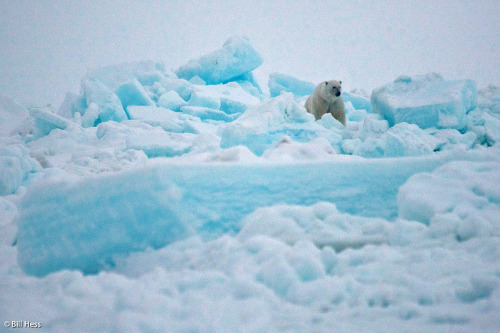
Originally, I had planned to post coverage of what I saw and experienced that trip to Barrow to the same degree that I posted Point Hope. Although I missed the final event, I none-the-less got several pictures that I believe many readers would have found amazing.
But I did not anticipate how long it would take me and it is just too late, now. Soon, I will be back in Barrow and at the rate I have been going I would still posting my last trip and people would think the snow never ever melts in Barrow, which it does, as you will soon see, right here, on this blog, if I but move along and stay in the present.
So, except for this bear and at least one people story I will yet work in, I am going to drop that coverage for now.

